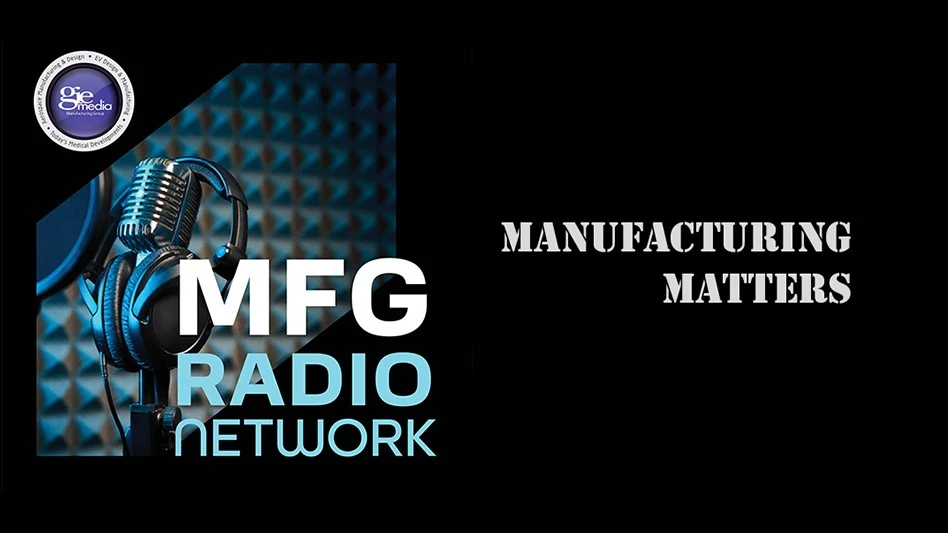
Perhaps the most frustrating limitation of owning an electric vehicle (EV) is how long it takes to fully charge. For a Tesla, for example, it takes about 40 minutes to charge it to 80% capacity using the most powerful charging station.
Scientists have long thought the laws of physics limited how fast you could safely recharge a battery, but new research by University of Utah chemical engineering Assistant Professor Tao Gao has opened the door to creating a battery that can be recharged in a fraction of the time.
Gao’s research was detailed in a new paper published in the scientific journal Joule. The study was conducted while Gao was a postdoctoral researcher at the Massachusetts Institute of Technology (MIT) under the supervision of MIT chemical engineering Prof. Martin Z. Bazant. Gao is now continuing that research at the University of Utah where he is further developing advanced lithium-ion batteries capable of fast charging.
“This understanding lays the foundation for the future engineering work needed to address this challenge,” Gao says. “Now we know where to go. We have a clear vision of what needs to be done.”
Lithium-ion batteries have become a popular choice for portable electronics and EVs because of their high energy density, low weight, and long life. They’re also used in laptop computers, portable electric appliances, and solar energy storage.
But how quickly a lithium-ion battery can recharge is hampered by a phenomenon known as lithium plating, a side reaction that happens when lithium ions are put into graphite particles too fast. Gao compares the operation of a lithium-ion battery to a ping pong ball being batted back and forth on a table. The ball, or lithium ion, travels from the positive electrode to the negative electrode during charging. The charging rate is similar to how fast the ball travels. Lithium plating occurs when the lithium ion moves too fast and the graphite particles in the battery fail to catch it, Gao explains. While charging, this can cause the battery to catch fire or explode, limiting how quickly batteries can be recharged. It also can seriously degrade the battery, limiting its life.
Gao’s discovery reveals the important physics that govern the lithium plating phenomena in graphite particles during battery charging and enables predictions of lithium plating in battery operation.
- “We designed an experiment that can visualize what happens to the negative electrode during charging. We can see the graphite particle – the material in the negative electrode – and we can see what happens during battery charging in real time,” he says. “Now we understand the physics. This provides us direction to address this limitation and improve battery charging performance.”
Gao believes that with this fresh understanding, new technologies could create a car battery that could be fully charged 5x faster than normal, just more than 10 minutes, without the risk of a hazard or degrading too quickly, he says. With a better grasp of the science behind lithium-ion charging, he believes we could see better batteries on all-electric cars in five to 10 years.
University of Utah https://www.utah.edu

Explore the May 2021 Issue
Check out more from this issue and find your next story to read.
Latest from EV Design & Manufacturing
- Drive Electric Earth Month kicks off across the US
- Coated carbide grades designed for turning titanium alloys
- #41 Lunch + Learn Podcast - SMW Autoblok
- Partnership to accelerate industrialization of immersion-cooled battery systems
- Phoenix Fluid Power to showcase e-mobility technology at Battery Show
- Porsche aims to recover valuable raw materials with battery recycling pilot project
- Mitutoyo releases portable surface roughness tester
- ION Storage Systems produces first multi-layer ceramic solid-state battery cell






